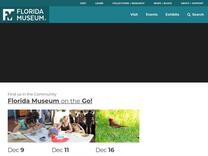These moths are one of Hawaii’s oldest animal groups. Can they survive the next century? – Research News https://www.floridamuseum.ufl.edu/science/can-hawaiian-moths-survive-the-next-century/
Akito Kawahara was snapping pictures at a scenic outlook in Hawaii when he spotted the moth equivalent of a dodo. An entomologist, Kawahara recognized the squiggly patterns on nearby plants as trails carved by leaf-mining caterpillars and lowered his camera to take a closer look. To his astonishm
the islands’ most critically endangered plants, so rare it must be pollinated by hand

